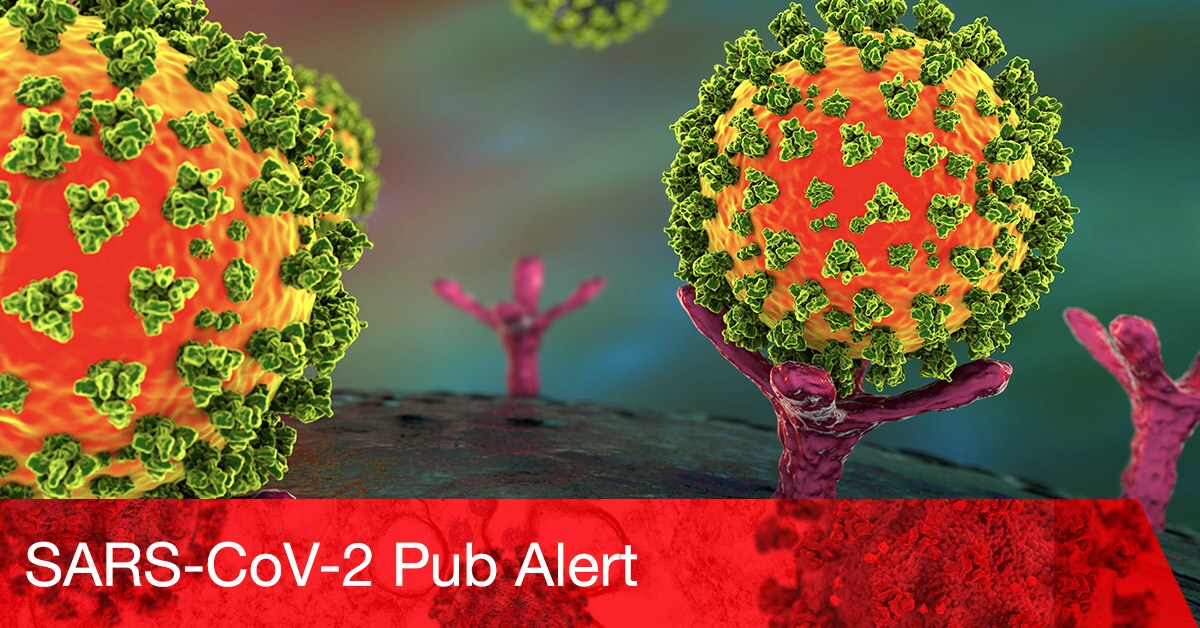As some parts of the world bring SARS-CoV-2 infection rates to manageable levels and others face widening outbreaks, research into how the virus works and how it can be combatted is ongoing. SARS-CoV-2 poses a special challenge to humanity because it is a new zoonotic virus—that is, one that originated in another species and then began affecting humans. Viruses and other pathogens co-evolve with their hosts and eventually become relatively minor conditions as the host evolves to better combat the virus and the virus evolves to be less harmful so that it can spread more effectively. When a virus changes hosts, that delicate balance is disrupted. Sometimes, that means a virus never gains a foothold and vanishes before anyone notices it. Other times, the same properties that keep it in uneasy equilibrium with its original hosts make it uniquely dangerous to new ones. Often, this is through inducing an overactive immune response.
Many aspects of the innate immune response in humans are dangerous to our physiology. Fever and inflammation work by making the body hostile to pathogens in a nonspecific way, but they also disrupt normal homeostasis. If these responses go on long enough or become severe enough, they become dangers to the body in their own rights. Overactive immune responses to serious, unfamiliar infections can be more dangerous than the infections themselves, and a large portion of the danger posed by SARS-CoV-2 infection is how readily it elicits cytokine storms and other immunological overreactions. Understanding the pathways that connect SARS-CoV-2 infection to these immunological events is an important research goal, and one that remains under-studied.
Chua et al. set out to investigate the relationship between genes associated with immune responses and angiotensin-converting enzyme 2 (ACE-2), which the virus uses to enter cells. Involved in maintaining blood pressure, among other functions, ACE-2 is best known from the lungs but is also found in several other tissues known to be targets of SARS-CoV-2 infection, such as the kidneys. Using RNA sequencing of human nasopharyngeal and bronchial samples, Chua et al. not only confirmed that ACE-2 expression in the respiratory epithelium is correlated with the intensity of SARS-CoV-2 infection, but that this severity additionally correlates “with stronger interactions between epithelial and immune cells and hyperactivated inflammatory macrophages and cytotoxic T lymphocytes.” Specifically, the chemokine-ligand encoding genes CXCL1, CXCL3, CXCL6, CXCL16 and CXCL17, whose protein products attract white blood cells to infection sites and induce inflammation, are strongly upregulated in infected samples relative to controls. Similarly, genes that encourage cytotoxic immune activity, which destroys infected cells before they can create more virus particles, are also upregulated in respiratory swabs from infected versus uninfected samples. Chua et al.’s results are consistent with the view that a large portion of the danger of SARS-CoV-2 infection is in the intensity of the immune response it elicits rather than specifically because of the virus. Their long list of genes correlated with infection suggests many immune system targets that could become the focus of future SARS-CoV-2 interventions, protecting against the damage done by overzealous immunity.
In a field as complex as immunology and as urgent as learning more about a virus that is currently dominating headlines, RNA sequencing and quantitative PCR (qPCR) can together verify the expression of differentially expressed genes with speed and efficiency, providing insight into the virus itself as well as the way that the human body responds to its presence. Both are critical to understanding how to fight this virus, and both can inform therapeutic approaches.
Learn more about our Applied Biosystems TaqMan Assay solutions for virology research here.
Explore more SARS-CoV-2 research solutions from Thermo Fisher Scientific at our coronavirus landing page.
Read the paper:
- Chua, R.L. et al. (2020) COVID-19 severity correlates with airway epithelium–immune cell interactions identified by single-cell analysis,” Nat Biotechnol., https://doi.org/10.1038/s41587-020-0602-4
Leave a Reply